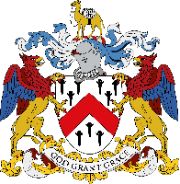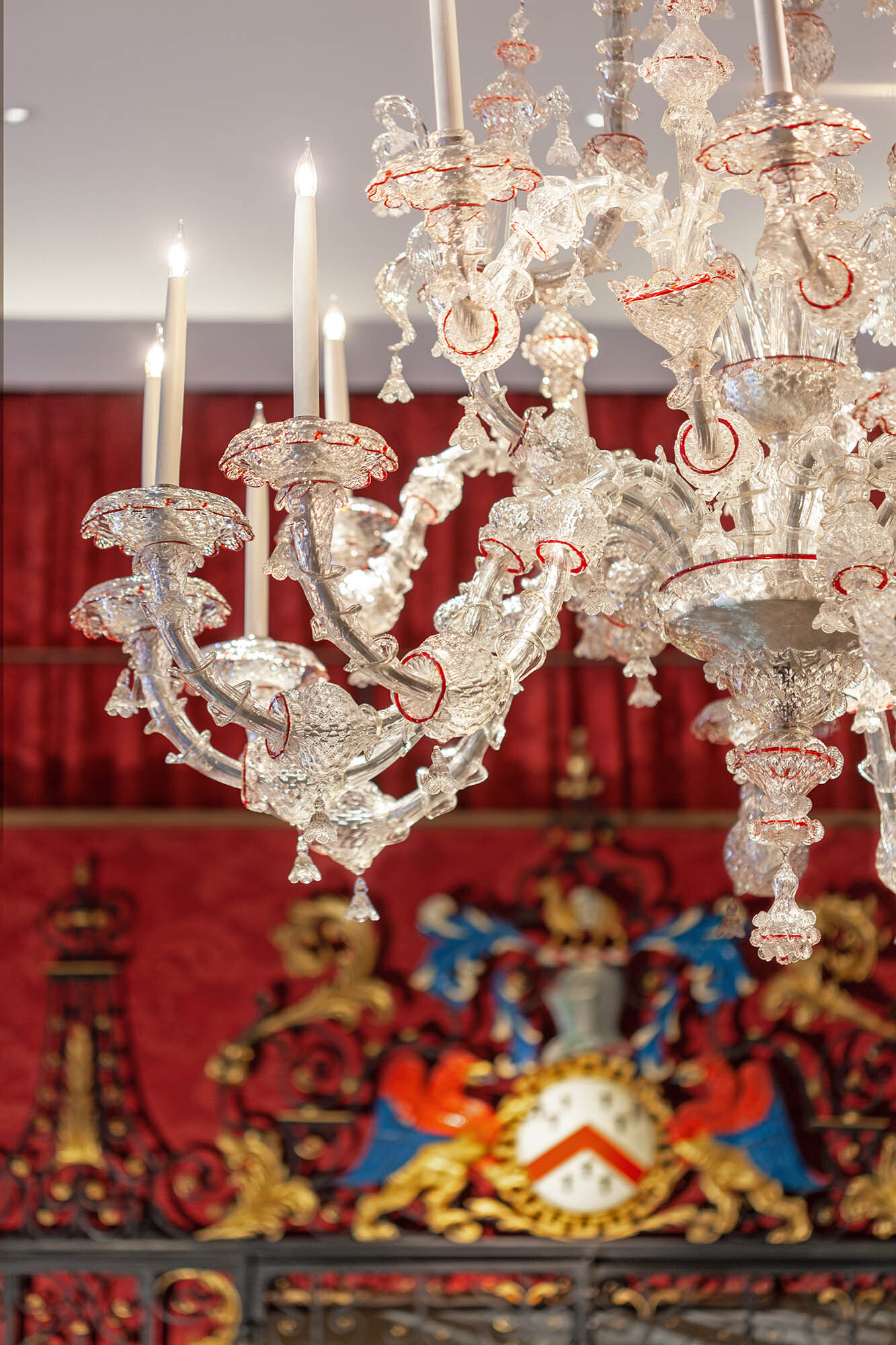There is a small brown box in the Company vault which contains rather dull looking coins. On closer inspection some of them are a puzzle. They look like coins but do not bear a monarch’s head, and stranger still they bear imagery connected with the Grocers’ Company. One, in particular, catches the eye. On the obverse are the arms of Westminster and London, and the inscription tells us that it was minted in 1797 as a penny. On the reverse there is a profile of the Company’s Second Hall which had arisen from the ashes of the Great Fire of 1666 and the Company’s arms. This design caught the attention of Michelle Molyneux our Charity Manager who spotted an example on the British Museum’s online catalogue (see https://www.britishmuseum.org/collection/object/C_T-6251). Her eye has been well trained by her maternal grandfather who was a keen numismatist. So, the time seemed ripe for further investigation.
The British Museum online catalogue does not add to the information given above. We know that when George III discontinued the manufacture of copper coins in 1775, the resulting shortage of official copper coinage needed for small change was met from 1787 to 1797 with private issues of half penny and penny tokens which were readily accepted as unofficial coins. There is nothing in the surviving records of the Company that relate to the manufacture or circulation of such tokens, which were not regulated and were a good method of advertising. The Company does not seem to have ever challenged the use of its arms and imagery in this way. Such tokens were also common in the second half of the seventeenth century, but that is another story. So, is this copper coin one of these trade tokens? Correspondence undertaken soon after its purchase by the Company in 2009, initiated by Pauline Sidell, reveals a further twist in the story. According to the coin dealer Philip Mernick it is part of a series of 53 ‘medalets’ featuring prominent London buildings. Issued by the token manufacturer Peter Skidmore, who had a foundry in Clerkenwell and a shop in High Holborn, they are all dated 1797 and made for collectors rather than for use, hence their good condition. They are considered to be rare as the dies, by James Birmingham, did not last long. However, the greatest puzzle is the wording below the outline of the Hall ‘FOUNDED AD 1411’. But, to what does the date actually refer? The earliest written reference to the Pepperers, who became the Grocers, is in 1180, the Fraternity of Pepperers was founded in 1345, the foundation stone of the first Grocers’ Hall was laid in 1427, and the Company’s first Charter was granted in 1428. Where does 1411 fit? Ironically 1411 marked a low point for the Company, when a petition was presented to parliament by the Commons complaining of the high price of pepper which had quadrupled that year. The petitioners accused the grocers of hoarding it in order to force the price up, and the Lord Mayor, Thomas Knolles, as a Grocer was implicated as well as the Company. So does the date represent a mistake, a rather grim joke, or a key date yet to be understood? As an end note, the Hall that is celebrated on the medalet partially collapsed in 1798, the year after the commemorative ‘coin’ was issued, and by 1800 it was in the process of demolition. From such small things larger histories emerge.





